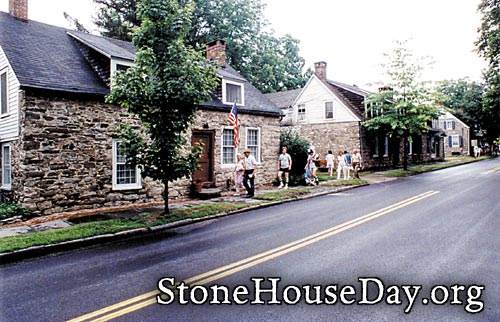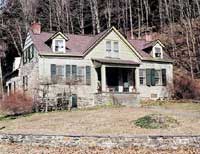Yesterday was a lovely summer day, perfect for a ride in the country on the hunt for the Wemp barn.
After dropping the daughter off at Crossgates Mall, with a vague notion that the barn is off 32 in Feura Bush, I set off on my own cross country excursion on the back roads of Guilderland, Bethlehem, and New Scotland. There were many historic homes along the way. I especially enjoyed Bullock Road including this historic marker tribute to Matthew Bullock "Introduced English Short Horn Cattle into Albany County about 1815 and won premiums at fairs"
Then I made a quick zip through Clarksville on Delaware Avenue (lovely homes and lots of historic markers thanks to the Clarksville Historical Society) and a left turn onto Tarrytown Road knowing that Tarrytown came out on 32. Ended up crossing 32 onto Cedar Grove and somehow ended up in South Bethlehem. Along the way I saw a pair of nice older homes near the intersection with Blodgett Hill Road ( I think this is Callanan's Corners.) One is an old stone one, the other a large brick structure with a formidable mansard roof. No historic markers here but they sure deserve one!
Turn around, back to 32. Taking a guess, I turned on Onesquethaw Creek Road with the idea that I could at least pick up some corn at Stanton's Farm on my way home even if I didn't find the barn.
And lo and behold there it was, and worth the trip.
The Wemp Barn is a classic New World Dutch Barn. It was originally built about 1700 in Fort Hunter, Montgomery County by Jan Wemp and moved here in 1990 by the Dutch Barn Preservation Society. Here's a link to the whole story http://www.dutchbarns.org/dbpsnewsfall90.htm
Here are some adjectives about the barn and its setting: beautiful, rustic, architectural, functional, geometric, awesome, airy, huge, warm, sheltering, spacious, hand made.
 |
And then there was this guy, who gave me quite a start when I rounded the corner....
And finally just over the one lane bridge over the Onesquethaw is this lovely farm vista. And what looks like another old stone house off in the distance.
I hope you enjoyed this excursion into the country side. And I will claim a Bethlehem connection for two reasons. One: Bethlehem has its own Dutch barns, but they are not open to the public. Two: when these stone houses were most likely built, they would have been in the Town of Bethlehem. New Scotland was created out of Bethlehem in 1832. So there.















